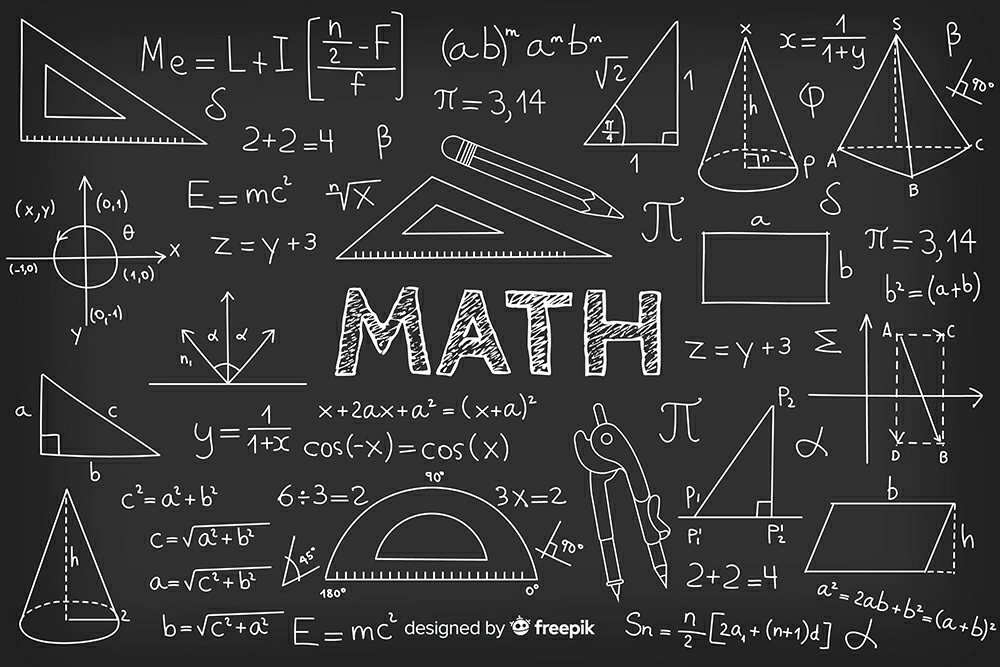Effective fluency activities can offer students a moment of play, and their active engagement helps cement math facts in their minds.
Year after year, students lack foundational math skills. As educators, we can’t change the past, but we can use the time we have with students to maximize their learning. When students have a strong foundation in basic math skills, they can navigate complex problems with ease, and when they’re fluent in math, they’re able to apply and transfer procedures and skills accurately and easily to new concepts. Fluency activities, used strategically as part of your curriculum, can help students access mathematical concepts and have fun at the same time.
Fluency activities are not rote memorization routines. So many of us have had an experience like I had as a fourth grader, racing to finish the most multiplication facts in one minute. For me, it was fun, but this stand-alone game wasn’t really connected to the learning that happened before or after it. But good fluency activities require students’ active engagement in mental processes for building a specific skill.
Done well, fluency activities can become a key part of your instruction and can reinforce skills from previous units, help students review materials from previous lessons, or provide a runway into a current math objective. As you’ll see below, all of this can be done in five minutes or less.
Some great curricula build fluency activities into each lesson. If yours does not, or if you want to add more, here are a few ways to create quick and effective activities for both young learners and adolescents. The goal is to give students more opportunities to develop their math skills.
Effective fluency exercises
1. Add movement to help reach all of your learners.
Students can count in a rhythm and move their arms or feet to the beat, which helps some students process learning by experience. Students may also recite a counting sequence when marching. Later, they may use this movement as they count independently.
Older students may not be interested in marching and counting by twos—you can have them take steps on an imaginary number line to get them moving and thinking. Or you could ask them to put themselves in order of least to greatest when assigned decimal numbers, or to make a human number line that includes negatives, practicing place value and visualization.
2. Keep it simple.
Maybe your fluency activity is just a counting exercise scaffolded to meet the needs of your students. Any kind of counting helps students with number sense: You can have them count by fives, 10s, fractions, negatives, decimals—and the list goes on. If this becomes too simple, spice it up by asking students to start their counting from a different number, like counting by threes from 127 or 25s starting at 1,025. Or count by 10ths but have students count up in fraction form and back down in decimal form. This quick adjustment inspires students to think about what comes next.
Also, be sure that students can count both forward and backward. When students count backward, it ensures that they really are fluent with the process, requiring them to utilize a fluency skill and apply it to a new scenario or a new set of numbers—whereas with memorizing, students just repeat what the teacher has said.
3. Move learning outside the classroom.
It’s easy to get stuck in our ways when it comes to structuring our lessons. To change things up, pop a fluency activity into classroom transitions. Students may need a stretch break, so why not make it a chance to learn? If you supervise students in nonclassroom settings, these are perfect opportunities to incorporate fun activities that give students more practice with math skills.
For example, while students wait in line, ask them what $0.75 plus $1.75 equals. One of my favorite activities is to give students a math equation to determine the number of steps to take when we are transitioning in a line from one room to the next. “Take 27.5 steps and then stop.” This approach offers a way for students to engage with mental math. If students are engaged in thinking about math, managing your line gets a lot easier. Two birds, one stone.
4. Keep using the same fluency focus until your students get it.
If your students are struggling with a concept, build a fluency activity and use it until they no longer struggle. An example would be counting by nines. It’s difficult, but if students are counting by nines from Monday through Friday, they will improve by the end of the week. Keep it fresh by asking them to start in a different place every day. For example, “Let’s count by nines starting at 36.” Or, have students turn improper fractions into mixed numbers. You can give students a different set of mixed numbers every day and sprinkle in a mixed number that has to be converted to an improper fraction, just to keep them on their toes. Focusing on the same fluency skill allows students more practice. We all know that the more practice students get, the better.
When you include fluency activities in your math lessons, students can better access and apply mathematics. They get to practice their foundational math skills in a short amount of time, meaning you have more time to dive into complex math concepts in the long run.
Kurt Stielow

